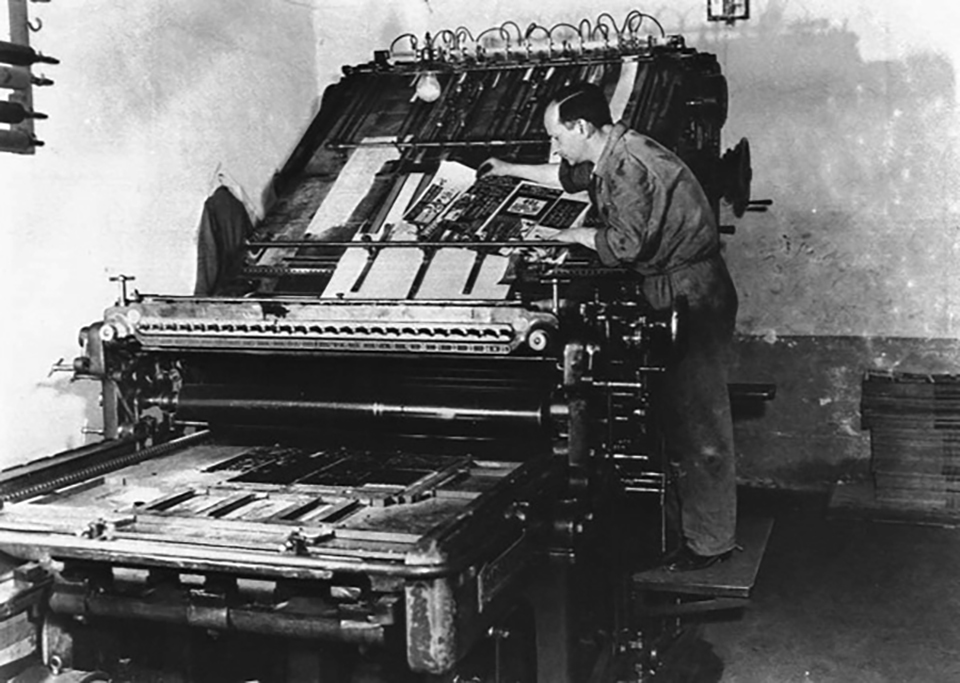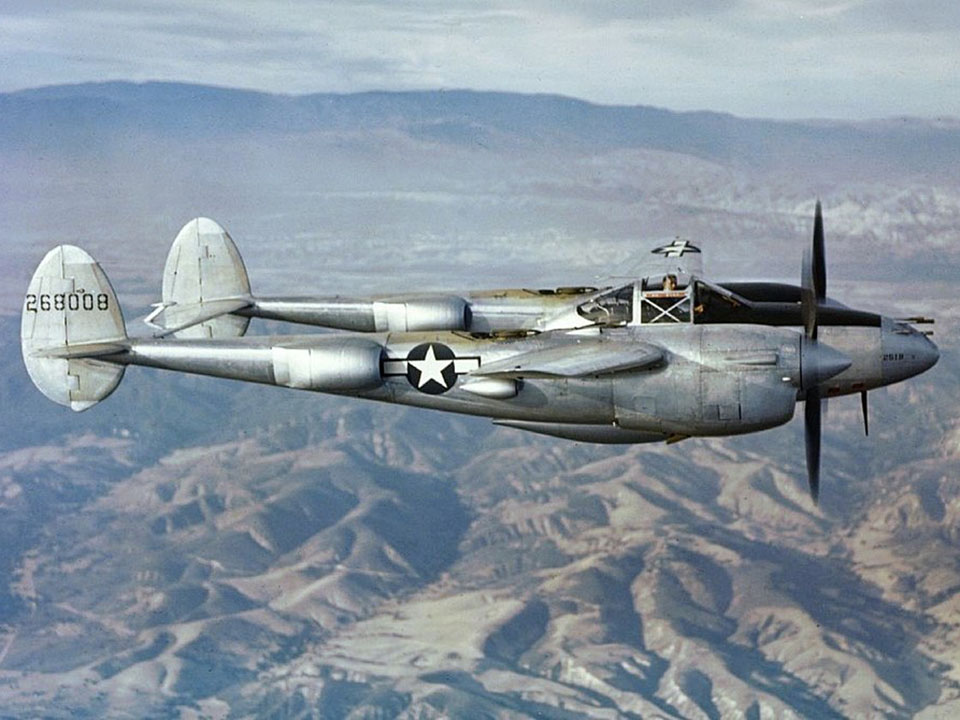On February 5, 1945, American P-38 fighter-bombers attacked a German mail train bound for the Austrian city of Linz. The twin-engine fighters strafed the train, destroying the locomotive and damaging twelve freight cars. Minutes after the initial attack, a second wave of P-38s dropped their unconventional payload over the wreckage: eight bags of mail. These bags, painstakingly prepared by the Office of Strategic Services (OSS), contained thousands of letters and newspapers addressed to civilians throughout Hitler’s Third Reich.
The idea behind this unusual Allied operation was to have the German postal service gather the fake mail, along with the real mail from the destroyed train, and hand-deliver Allied propaganda to German homes. While the Allies dropped hundreds of thousands of leaflets over Germany prior to January 1945, the officers in charge of psychological warfare efforts wanted to make sure the German people read these propaganda leaflets and newspapers before the German authorities could confiscate them. Allied intelligence officers surmised that German civilians, who were unlikely to pick up and read leaflets in public spaces where they could potentially be observed by their neighbors and reported to the Gestapo, would be more willing to read leaflets in the privacy of their own homes.
To fool German authorities into delivering the mail, the men and women of the OSS scoured prewar German directories and wartime newspapers for addresses. Since the German government only permitted official and business mail in the final months of the war, the Allies used the return addresses of German businesses. The OSS mail also contained a plausible mixture of hand addressed and typed envelopes, as well as newspapers depicting the German high command as divided and demoralized.
The Allies dubbed the effort “Operation Cornflakes,” after the breakfast cereal, since citizens of the Reich would hopefully read the papers over their morning meal. Between February and April of 1945, the 14th Fighter Squadron of the 15th Air Force dropped 320 mail bags containing 96,000 forged letters during ten missions over southern Germany and Austria. There is evidence that at least some of this mail made its way into German homes. It was difficult to measure the operation’s direct contribution to weakening German morale, however, since the Allies used a number of different methods to broadcast their messages into Germany. Ironically, one of the greatest hindrances to Operation Cornflakes was the fact that Allied bombing had gutted so many German cities by early 1945 that many Germans had abandoned their destroyed homes and become refugees. With no address to deliver the mail to, the German government destroyed much of it.
Tyler Bamford
Tyler Bamford was the Sherry and Alan Leventhal Research Fellow at the Institute for the Study of War and Democracy at The National WWII Museum from 2019-2021. He obtained his PhD in history from Temple University and his BA in history from Lafayette College.
Cite this article:
MLA Citation:
APA Citation:
Chicago Style Citation:








![Max Fuchs, New York City cantor, sings as Rabbi Sydney [sic] Lefkowitz, Richmond, VA, conducts the first Jewish services from Germany.](/sites/default/files/styles/max_650x650/public/2025-10/image1.jpg)



